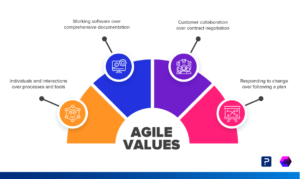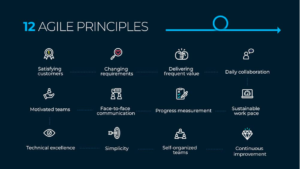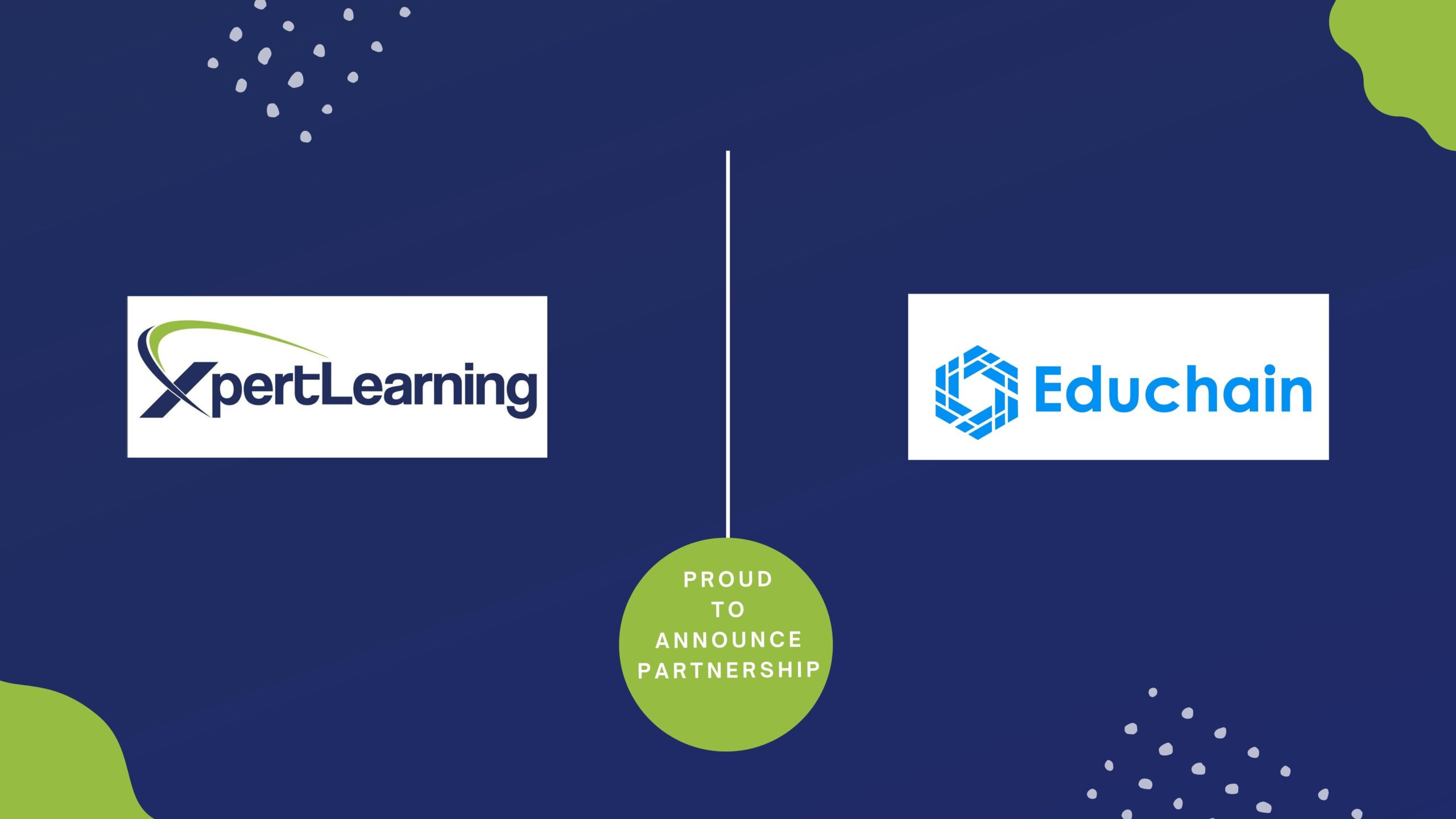Women have gone a long way in building careers for themselves and maintaining a healthy balance between work and family. However, although women represent 48% of the employees entering the workplace every year, only 21% of them eventually make it to C-Suite leadership roles. And this is not because of gender bias or discrimination but rather because of the deeply-rooted inclinations of women.
This is why, in XpertLearning, we have decided to support these women at the top and other aspiring women with our top tips to become great women leaders.
Tip 1: Be comfortable with authoritative behavior
Research by Deborah Gruenfeld, Professor of Leadership & Organizational Behavior at Stanford University, proposes that when it comes to power, there are two opposite extremes: authoritativeness and approachability; with most women lying towards the approachable end of the spectrum. First of all, what do these dimensions mean?
– Being authoritative means behaving in a way that emanates the impression that you are in charge, able to make decisions, able to give directions, and have more privileged knowledge and experience than others.
– Being approachable, on the other end of the spectrum, means behaving in a way that makes you seem more open, empathetic, willing to take others’ knowledge & experience into account, and relating to others on a human level.
Wondering why most women tend to consistently demonstrate approachable behavior? Because for centuries, women have been socialized to be nice, sweet, and likable, which has made approachability almost second nature to them. Although this approachability helps women a lot at the beginning of their careers, it is exactly this approachability that works against them when they start climbing the organizational ladder. Being less ready to demonstrate authoritative behavior than men, they tend to be seen as less competent or less directive– impressions that make them drop in the list of potential senior leadership candidates.
So, how can women start being more authoritative?
Deborah Gruenfeld proposes you start by taking up more space. Feel free to demonstrate expansive body language that shows that you are relaxed in your position. Moreover, cultivate the habit of speaking your mind with openness, without seeking approval in the eyes of others. In meetings, focus less on taking notes and more on contributing to the discussion. Simply demonstrate confidence in your knowledge, experience, and right to be there.

Tip 2: Switch comfortably between being authoritative and approachable
The infamous ‘Heidi versus Howard Roizen’ case study pioneered by Harvard University has unfortunately shown that in leadership roles, although men and women behave the same, they are perceived differently, doing the same things. In the research, participants are presented with a story of a career person as they navigate their way up the corporate ladder. The trick, though, is that the protagonist of the story is ‘Howard Roizen’ in the control group and ‘Heidi Roizen’ in the experimental group. The findings? Striking! Although participants rank both Howard and Heidi equally competent, when asked who they would rather work with or hire, the choice is predominantly ‘Howard’. Simply, Heidi seems way less likable than Howard although they behave in the same way!
The simple reason behind this lies in the societal expectations of both men and women. People have been hardwired to expect women to be more approachable and find it unappealing when women behave otherwise. That should not discourage women from experimenting more with authoritative behavior. The best advice is to balance both styles in the workplace. Women need to assess the situations where they need to be more authoritative and then should permit themselves to be so. In all other situations, feel free to be as approachable as an effective leader should be, and do not jeopardize your likability.

Tip 3: Don’t go out till you’re out!
In a widely-shared speech for Facebook’s COO, Sheryl Sandberg, she explains that she has observed that there comes an age in every woman’s life where she seems to be expecting a career exit as she plans to build a family. Women in these situations, as per Sandberg, often start implicitly exiting from work while still being employed. They simply show less enthusiasm about joining new projects or working hard for the next promotion. They simply exit before actually existing. Sandberg advises women to push through till their last day of employment. Her reason? If you leave the workplace with a track record of success, you are likely to have something to come back for when you are done with your career break.

Tip 4: Desire leadership if you want it
Research by Cornell University has shown significant results too, further enforcing that there are other reasons than bias lying behind the gender gap in corporate leadership. The main culprit according to this research is that women “associate more negative outcomes (e.g., time constraints and tradeoffs) with high-power positions, perceive power as less desirable, and are less likely to take advantage of opportunities for professional advancement. Women view high-level positions as equally attainable as men do, but less desirable”.
The basic finding in this research is that women are not as excited about being in leadership positions as men. They seem more aware of the high cost of these roles as they tend to have more life goals than men. Our advice to you is to make the choice that works for you. If you are unwilling to pay that high cost, then do not stress yourself into making compromises that risk your life goals. But if you are willing to pay that cost, then go for what you want. What you need to do first is assess your life goals and make a choice.
Parting Words
These were our four tips to become a woman leader. These tips should not distract you from working hard and smart, however. Because regardless of how you are perceived, achieving tangible work results is still the number one secret behind career success.




















